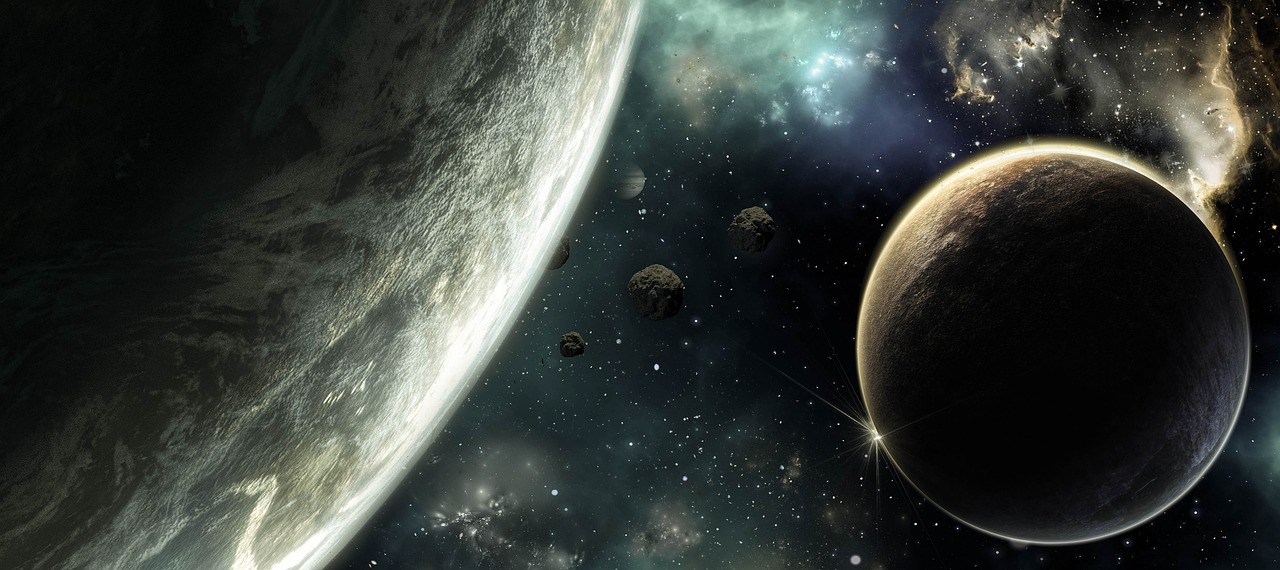
Vocabulary:
- nested /NES-tid/
- surpass /ser-PAS/
- complexity /kuhm-PLEK-si-tee/
- shape /sheyp/
- formation /fawr-MEY-shuhn/
[adjective] – placed inside one another, forming a hierarchical or interconnected structure
The Russian dolls had a set of nested figures, each fitting perfectly inside the other.
[verb] – to do or be better or more than something else
The new smartphone model surpasses its predecessor in terms of performance and features.
[noun] – the state of having many parts and being difficult to understand or find an answer to
The complexity of the legal system often requires the expertise of trained professionals to navigate it effectively.
[verb] – to cause something to have a particular character or nature; form
The strong winds and erosion over time have shaped the rugged landscape of the mountain range, forming steep cliffs and deep valleys.
[noun] – the way something is naturally made or the way it has been arranged
The team of scientists conducted experiments in the lab to investigate the formation of crystals, observing the processes of nucleation and growth.
Article reading:
The presence of these inner rings suggests the influence of unseen planets within the star system, shaping the dust belts similarly to Jupiter and Neptune in our solar system. Fomalhaut’s outer belt alone is twice the size of the Kuiper Belt. The massive dust belts around Fomalhaut likely formed from the remnants of asteroid and comet collisions. By examining the patterns in these rings, scientists can gain insights into the structure of planetary systems. Combining data from Webb and other telescopes enables a more comprehensive understanding of debris belt formation around stars. Researchers also observed a feature known as “the great dust cloud,” indicating a collision between celestial bodies in the outer ring. Another feature, spotted by Hubble in 2008, disappeared by 2014, suggesting an additional collision that left only dust behind.
Discussion Questions:
- How do you feel about the surprising cosmic findings revealed through the observations of the James Webb Space Telescope?
- What is your perspective on the possibility of unseen planets shaping the dust belts around Fomalhaut, similar to Jupiter and Neptune in our solar system?
- If given the opportunity, would you like to explore the structure of planetary systems by examining the patterns in the rings of debris belts?
- How does the combination of data from multiple telescopes, like the James Webb Space Telescope and others, contribute to your curiosity and fascination with the formation of debris belts around stars?
- In what ways do these cosmic findings make you reflect on the vastness and complexity of the universe?
Summarization
Describe:
- astronomer
- asteroid belt
- light-years
- planetary system
- collision